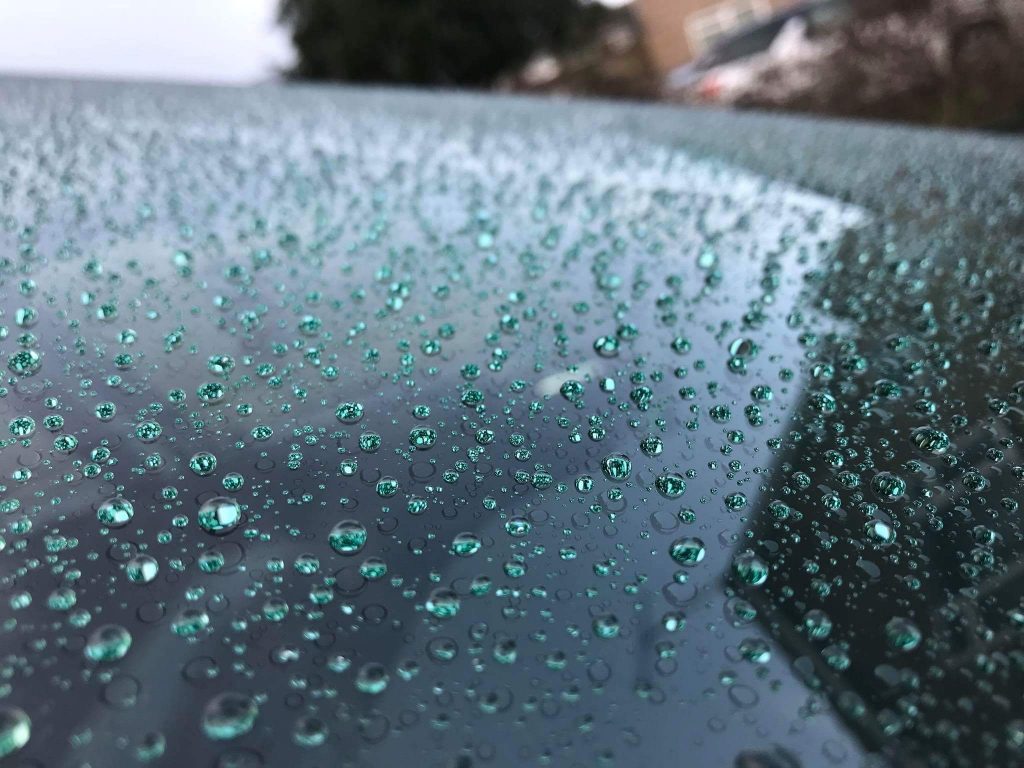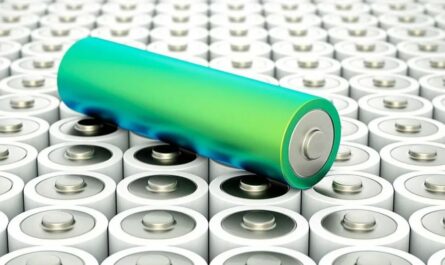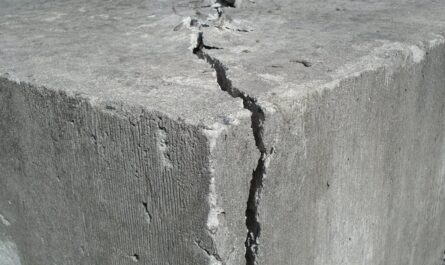Nature has mastered the art of creating materials that repel water through evolution over millions of years. The self-cleaning and low surface energy properties of lotus leaves provide an excellent example of hydrophilicity. Researchers have worked to replicate this phenomenon by developing synthetic hydrophobic coatings with applications in various industries. These coatings use microscopic surface structures and low-energy chemical components to reduce the adhesion of water and other liquids on surfaces.
Anti-wetting Mechanism
At a microscopic level, hydrophobic coatings consist of nanopillars or nanoscopic bumps that measure only a few hundred nanometers in height. When a water droplet lands on such a rough but hydrophobic surface, the pillars support the droplet above the surface. This leads to minimal contact between the water and the solid surface. Meanwhile, low-energy chemical groups like fluorocarbons or silicones that form the outermost layer impart hydrophobicity by interacting weakly with water molecules. Together, these physical and chemical factors cause water droplets to bead up and roll off surfaces with high contact angles close to 120 degrees. Some superhydrophobic coatings can even cause water droplets to float above surfaces with contact angles exceeding 150 degrees.
Applications in Construction
Hydrophobic coatings find growing applications in construction to impart self-cleaning and anti-corrosion properties to building materials. When applied to glass, these coatings prevent the accumulation of water droplets, dust, and grime to provide clear transparency even after rains. This reduces cleaning costs for skyscrapers and large windows. Similarly, coating concrete, stone, and other masonry enhances appearance retention by preventing discoloration from water contact. Such treated surfaces shed water rapidly, reducing damage from weathering. The coatings also protect underlying materials from moisture-accelerated corrosion when used on metals like aluminum.
Textiles and Apparel Industry
In the textiles industry, Hydrophobic Coatings impart water-repellency and stain-resistance to fabrics. When coated onto clothing materials, these nanostructured layers bead up liquids on contact instead of allowing absorption. This keeps garments dry during rains or accidental spills. The easy-clean functionality boosts durability while reducing laundering needs. Some advanced breathable coatings simultaneously deliver water resistance without compromising vapor permeability or comfort. They find wide use on outerwear, sports apparel, upholstery and outdoor equipment where moisture resistance provides crucial performance advantages.
Medical Applications
The self-cleaning properties of hydrophobic surfaces provide several applications in the medical field to reduce pathogen transmission. When applied to medical devices, equipment and fixtures, these coatings prevent bacterial and viral contamination by liquid media. They help keep surfaces sterile for longer periods between cleanings. Some advanced coatings with biocompatible compositions offer non-fouling properties to discourage the adhesion of proteins, lipids and microbes on implant materials. This enhances the biostability and functionality of devices like catheters, pacemakers and implants that come in contact with bodily fluids. Other uses include prevention of liquid absorption in hygienic materials like diapers, bandages and protective gear.
Automotive and Transportation
In the automotive industry, hydrophobic glass coatings provide significant advantages. They prevent the accumulation of raindrops or condensed moisture on windshields and windows to ensure clear visibility even during inclement weather conditions. This boosts road safety. Similarly, treated headlights and rear lights remain clear of water or dirt film for unhindered illumination. Beyond transparency applications, low-energy coatings on other vehicular components protect against chemical corrosion and abrasion from moisture, dust, tree sap and bird droppings. These enhance part durability while reducing maintenance costs. Additional uses include water repellency on train and aircraft exteriors, marine vessel hulls and bridge infrastructure.
Self-cleaning and Easy Maintenance
Perhaps the most useful property provided by hydrophobic nanostructured coatings is self-cleaning functionality. The liquid-repellent effect causes rainwater, road spray or cleaning agents to easily wash away surface contaminants on their own accord. Applied to building exteriors, solar panels, statues, monuments and other infrastructure, the coatings prevent staining and reduce cleaning requirements through easy water run-off. Self-sterilizing versions with photocatalytic or biocidal components actively decompose organic dirt instead of just shedding it away. All of these attributes deliver significant cost-savings through low maintenance needs while imparting a cleaner, newer appearance that enhances aesthetic appeal and branding value.
Environmental Benefits
Beyond economic perks, hydrophobic coatings provide ecological advantages through reduced water and energy consumption. The self-cleaning functions diminish potable water usage for cleaning applications across industries. For instance, less frequent vehicle or aircraft washing conserves freshwater resources. Similarly, keeping glass surfaces clearer for longer stretches augments natural light transmission and cuts artificial lighting needs indoors. Non-absorptive exterior coatings help infrastructure better insulate against heat, lowering power demands for temperature regulation. Some photoreactive versions even remove air pollutants like SOx and NOx. Overall, these eco-friendly attributes align well with global sustainability goals for development through efficient material solutions.
Constant research seeks to improve the performance, lifespan and cost-effectiveness of hydrophobic nanostructured coatings. Advancing fabrication technologies enable large-scale and cost-efficient application across more end-use sectors. Stimuli-responsive versions sensitive to pH, temperature, electric or magnetic fields widen the functional scope. Self-healing formulations regain liquid repellency after damage without re-application. Biomimetic studies take inspiration from diverse superhydrophobic organisms to unlock novel engineering avenues. With widespread commercialization, hydrophobic surfaces promise to revolutionize materials and reinvent how we interface with liquids at both the macro and micro levels.




